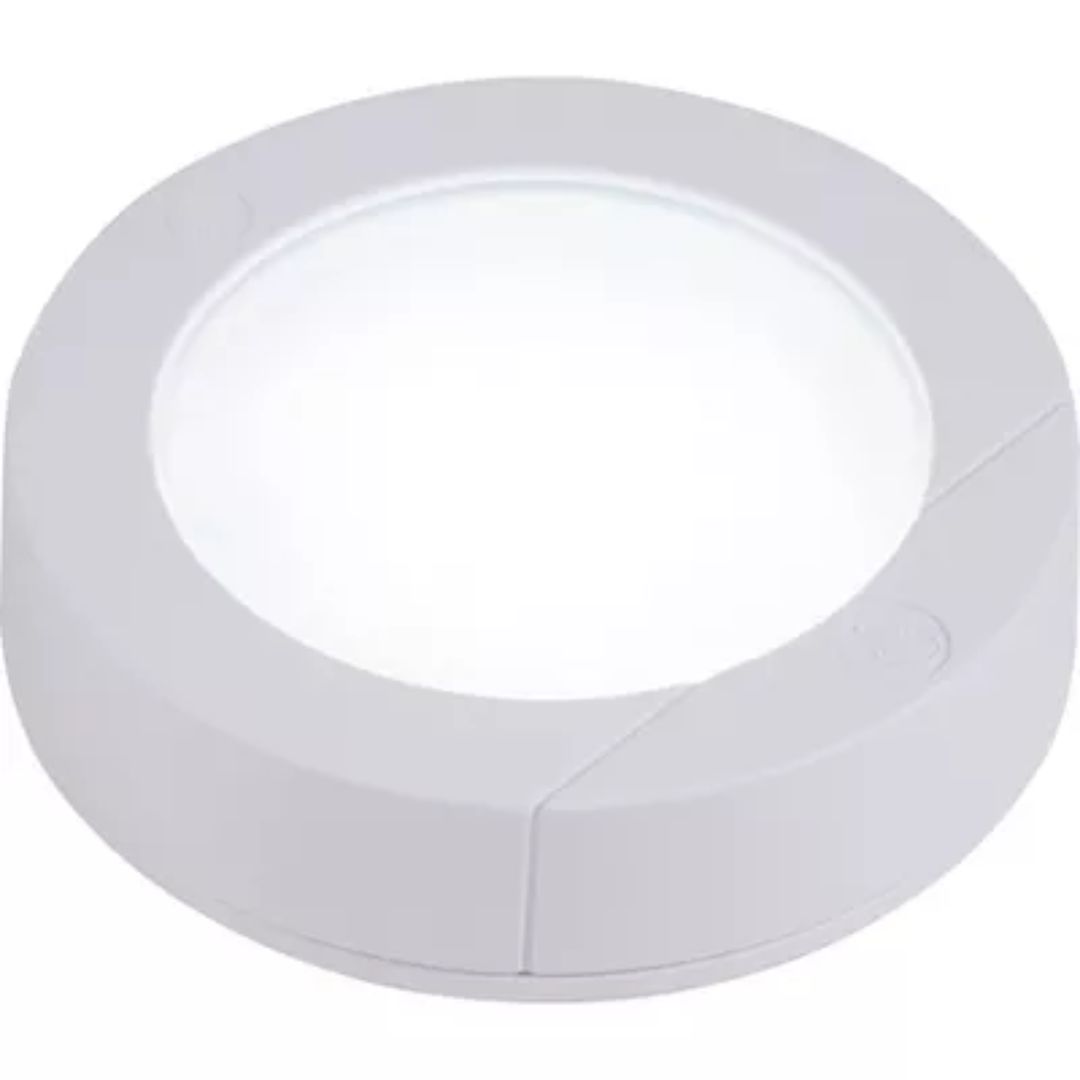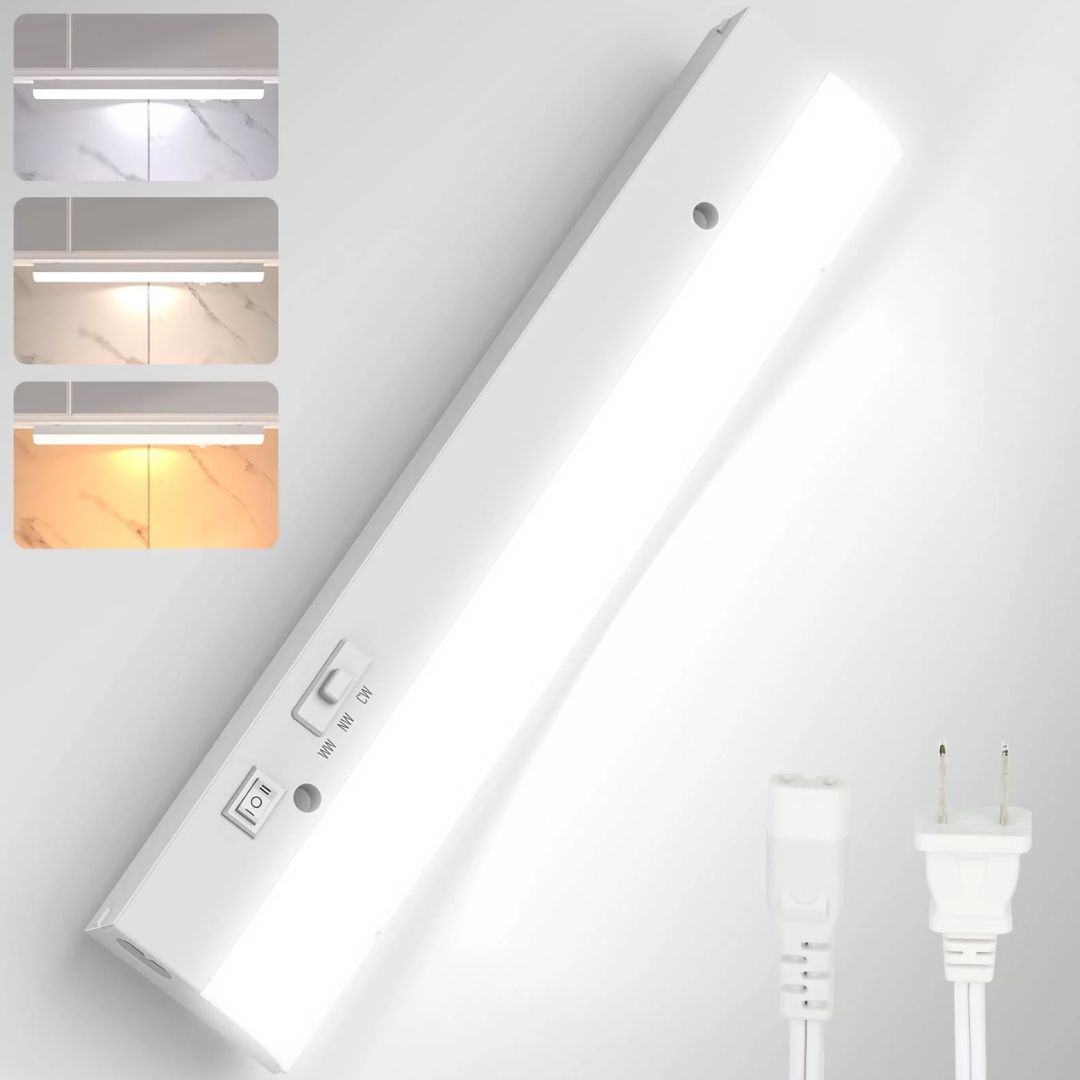Do You Really Need Under-Cabinet Lighting in a Kitchen? Luxury or Necessity — Designers Decide
Does under-cabinet lighting really add practical value to the kitchen? We ask experts whether its style over substance


While working in the kitchen preparing a meal or washing a pan, have you ever wished you had a little extra light to make sure you can see everything properly? That's when you realize that perhaps the kitchen lighting scheme doesn't just end with a pendant and a few light bulbs. It's equally important to invest in under-cabinet lights.
To understand the importance and the full functionality of this fixture, we reached out to designers to help us understand this kitchen lighting idea. Take a look and find out how important the under-cabinet lights are.
Do you really need under-cabinet lighting in a kitchen?

For the most practical kitchen lighting, the short answer is yes. While kitchen ceiling lighting such as chandeliers and pendants are showstoppers, the more subtle under-cabinet lights are your kitchen's workhorses. These provide crucial and focused illumination for food prep and, if installed with a dimmer, can work well as a nightlight once the kitchen is closed for the evening.
'Under-cabinet lighting in the kitchen elevates both functionality and aesthetics,' says Bea Pernia, founder and lead designer of Bea Interiors. 'By providing a soft illumination on countertops, it enhances task visibility and adds a warm ambiance, making the space more inviting. This subtle lighting complements various design styles, visually expands the kitchen, and can boost property value.'
What is the best type of under-cabinet lights?

The perfect kitchen cabinet lighting would offer seamless and uniform illumination and not create a glare.
'I enjoy utilizing LED strips installed within a channel behind an opaque diffuser,' says Kashi Shikunova, director at Yam Studios. 'This channel can be recessed into the cabinet, offering a sleek appearance. LED strips provide a uniform flow of light, creating a seamless look and adding a sense of ambiance to the space. The wattage of the LED strips depends on the intended usage, for areas requiring task lighting, a higher wattage that can be dimmed as needed is preferable. Additionally, I prioritize selecting LED strips with a color temperature of around 2700 Kelvin for a warm white glow.'
An under-cabinet outlet strip can also be integrating in a way the gives you plenty of electrical outlets to use — and always one right where you need it — without a line of sockets all across your lovely kitchen backsplash.
The Livingetc newsletters are your inside source for what’s shaping interiors now - and what’s next. Discover trend forecasts, smart style ideas, and curated shopping inspiration that brings design to life. Subscribe today and stay ahead of the curve.
Are there any disadvantages of under-cabinet lights?
While under-cabinet lights are one of the best to elevate your kitchen, you need to be careful about how you install these.
These typically come as a system with multiple individual components, which include drivers, outlets, lights, and more, so you may need to do a bit of research before attempting the installation. It's essential to know where their optimal placement would be before you start the project.
'More often than not, under-cabinet lighting has more advantages, however when it comes to placing it under a shelf where the lights might need to be flexible with moving up and down, these strips can make it challenging to maintain that flexibility since hard wiring is typically required,' says Kashi.
3 types of undercabinet lights to buy

Aditi Sharma Maheshwari started her career at The Address (The Times of India), a tabloid on interiors and art. She wrote profiles of Indian artists, designers, and architects, and covered inspiring houses and commercial properties. After four years, she moved to ELLE DECOR as a senior features writer, where she contributed to the magazine and website, and also worked alongside the events team on India Design ID — the brand’s 10-day, annual design show. She wrote across topics: from designer interviews, and house tours, to new product launches, shopping pages, and reviews. After three years, she was hired as the senior editor at Houzz. The website content focused on practical advice on decorating the home and making design feel more approachable. She created fresh series on budget buys, design hacks, and DIYs, all backed with expert advice. Equipped with sizable knowledge of the industry and with a good network, she moved to Architectural Digest (Conde Nast) as the digital editor. The publication's focus was on high-end design, and her content highlighted A-listers, starchitects, and high-concept products, all customized for an audience that loves and invests in luxury. After a two-year stint, she moved to the UK and was hired at Livingetc as a design editor. She now freelances for a variety of interiors publications.


